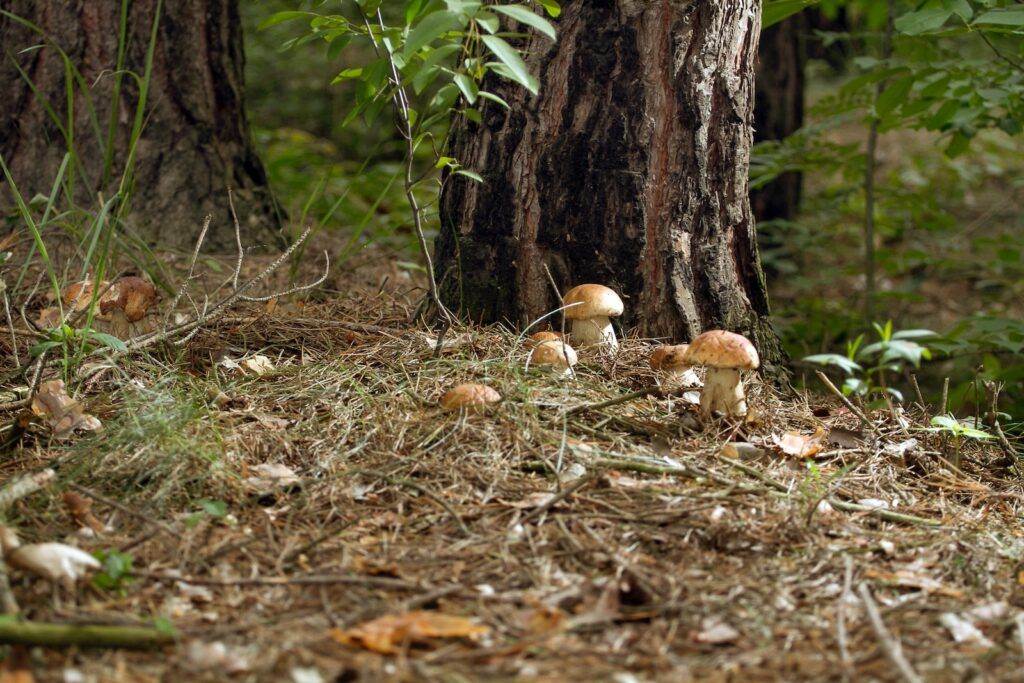Tucked away in the picturesque Scandinavian countryside is a treasure trove of culinary delight, with its distinct seasonal offerings just waiting to be foraged, tasted and savored. If you’ve ever dreamt of a gastronomic adventure through Nordic forests, let us guide you through an exploration of nature’s rich pantry, featuring native delicacies from Sweden, Norway, and Denmark. From mouthwatering mushrooms to vibrant berries and ancient herbs, you’ll learn how to identify these delectable tastes in the wild and perhaps even incorporate them into your home cooking.

“Embracing the Nordic way of foraging teaches us not only about the region’s diverse culinary offerings but also about their relationship with nature.”
Table of Contents
- Venturing through Sweden’s verdant landscapes
- Exploring Norway’s wild flavors
- Unearth Denmark’s rich culinary heritage
Venturing through Sweden’s verdant landscapes
Our first stop is Sweden, where an enchanting foraging experience awaits. Autumn brings forth an abundance of mushrooms, with chanterelles and porcini leading the pack in popularity. You’ll find these fungi in mossy, damp areas of the forest floor, hidden beneath layers of foliage. Remember to focus on well-ventilated spots, as mushrooms prefer to grow in the presence of fresh air.
Sweden’s lush forests are also home to lingonberries, which are small yet delightfully tart. When foraging, look for red, ripened berries hiding beneath low green shrubs. These versatile little gems can be made into jams, syrups, and sauces, adding a Nordic twist to your gastronomic creations.

Exploring Norway’s wild flavors
Next, we head to Norway to discover the country’s untamed bounty. Here, the elusive cloudberry reigns supreme. Cloudberries thrive in the semi-marshy highlands of the Scandinavian wilderness, and finding these golden jewels can be quite exciting. Be prepared to traverse boggy terrains while on this particular foraging adventure. Their rare and unique flavor makes cloudberries highly sought after, and when used in Norwegian cuisine, they are often enjoyed in desserts or jellies.
“Embark on an unforgettable journey through the Scandinavian wilderness, and may your foraging adventure unveil the true flavors of Nordic nature.”
On the Norwegian coast, seaweed and kelp can also be found in abundance. Not only are these ingredients highly nutritious, but they offer a tantalizing depth of flavor when used in Nordic dishes like fermented foods, salads, and soups.
Unearth Denmark’s rich culinary heritage
Lastly, let’s wander through Denmark’s coastal and inland terrains to seek out its vibrant array of wild edibles. Flora-infused dishes are characteristic of Danish cuisine, and foraging for native aromatic plants such as sea buckthorn, wild plums, and elderberries can be a once-in-a-lifetime experience. These divine ingredients can lend their zesty flavors to jams, sauces, and desserts.

And, of course, no sojourn to Denmark would be complete without pursuing wild herbs like the legendary Danish yarrow leaf. Bitter in taste, this versatile herb has been used for thousands of years in Scandinavian cuisine and exhibits a remarkable ability to enhance the flavors of other ingredients.
“Let us guide you through an exploration of nature’s rich pantry, featuring native delicacies from Sweden, Norway, and Denmark.”
Embracing the Nordic way of foraging teaches us not only about the region’s diverse culinary offerings but also about their relationship with nature. It’s an opportunity to harvest, create, and appreciate food with a newfound reverence for the earth’s provisions. So, lace up your boots and embark on an unforgettable journey through the Scandinavian wilderness. Happy foraging!
Last Updated on April 23, 2023







